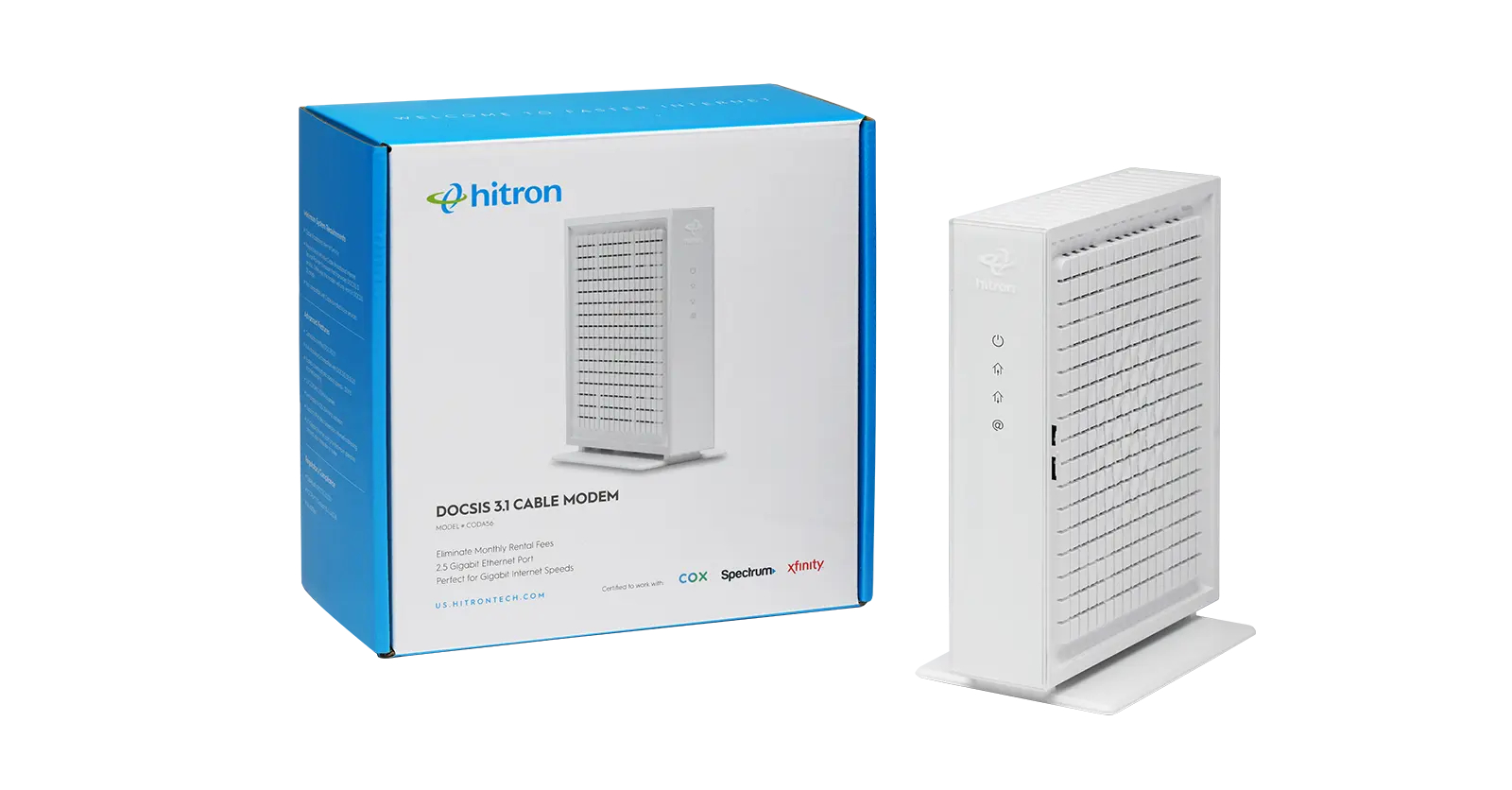Connecting to the Internet in your home is not possible without a modem. A modem is the device that sits in your home and talks to your Internet service provider (ISP) to receive data signals that connect your computer to the Internet. To get wireless Internet (WiFi) you also need a router. This page is about cable modems. You can get more information about routers here.
Your cable modem communicates with your ISP through channels. These channels are known as upstream and downstream channels. Upstream and downstream channels are what make up your total bandwidth or Internet speed. Essentially, these data sending and receiving channels are how you can upload content or download content. The higher the number of channels or bandwidth speed that your cable modem has, the faster you are going to be able to do either of those things.
Upstream Channels
Upstream channels are also known as “upload speed.” This refers to the data that your computer sends out to the Internet. Anytime you use your computer to send and email or post a picture to your social media channels, your computer is uploading data. Your cable modem’s upload speed (or upstream channel) determines how much bandwidth of data your computer can send out to the Internet each second at full speed.
Downstream Channels
Downstream channels, or “download speed,” refers to the data that your computer receives from the Internet. When you use your computer to download music, podcasts, games, apps, pictures or other web content, you are using your computer’s downstream bandwidth. Just like with upstream bandwidth, your cable modem’s download speed determines how much bandwidth of data your computer can receive from the Internet each second at full speed.
Upstream Channels vs Downstream Channels
Generally, your computer or device can download data much faster than it can upload that same data. This means that the number of upload channels that your modem supports will be much less (or much slower) than the download channels. That’s not an issue for most people. If you are concerned, you can run a bandwidth speed test to help you determine the exact or range of speeds you actually need from your cable modem.
Cable modem channels are displayed as “downstream channels number x upstream channels number.” For example, 8×4, 24×8 or 32×8. The downstream is always listed first. The upstream is always listed second. For example, 8×4 means that your cable modem has four (4) download channels and eight (8) upload channels. The higher the numbers, the faster the speeds. (This varies – check with your ISP.)
Benefits of More (or Faster) Channels
DOCSIS is a standard that you need to pay attention to when getting your cable modem because it directly relates to upstream and downstream channels. The higher the DOCSIS tier (3.0 or 3.1), the higher the performance and speed of your cable modem. The higher the DOCSIS standard tier will also determine how many download and upload channels your cable modem will support. Learn all about DOCSIS here.
The more channels your cable modem supports, the more data your computer or device can quickly send and receive. This makes your gaming, streaming and general online activity experiences better.
Hitron’s CODA DOCSIS 3.1 Cable Modem is available on Amazon, The CODA has DOCSIS 3.1 with channel bonding to deliver the fastest Multi-Gigabit speeds to your connected devices. Learn more about cable modems or cable modem routers by reading Hitron’s Learn Page.
